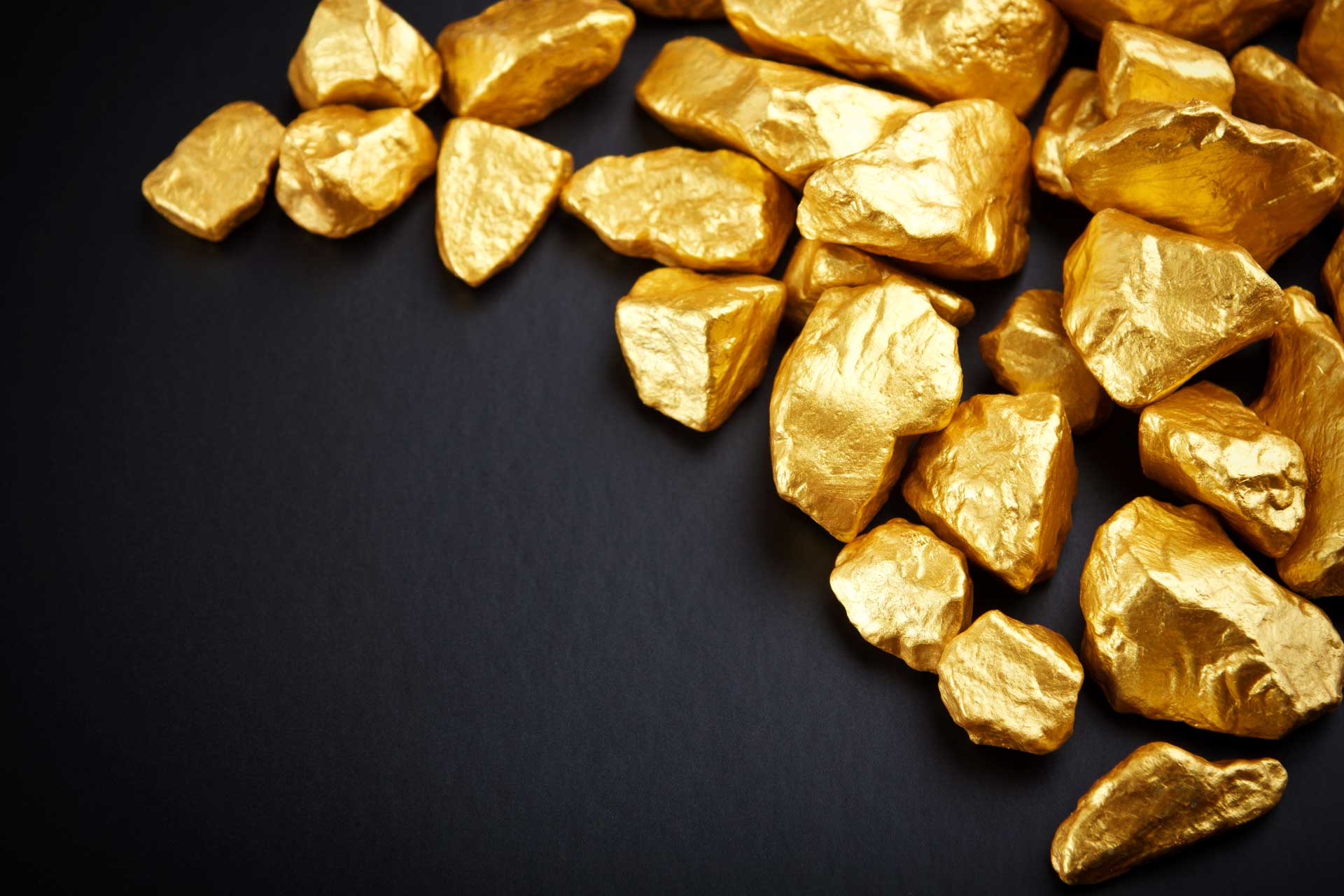Blog

What Does The Price Of Gold Mean For Luxury Brands?
Gold is one of the oldest and most enduring forms of investment. A way to store value rather than look for growth and returns, as with shares, this precious metal is held up as an investment that is free from some of the market pressures affecting the rest of the economy.
It’s also a byword for luxury and still the material of choice for many of the most stunning pieces of jewellery available – a quick look at the items listed at How To Spend It should attest to that.
Yet, clearly, the fact that the price of gold doesn’t necessarily fluctuate alongside the rest of an individual economy – it was seen as a safe haven for European investors during the Greek crisis, for example - doesn’t mean that it doesn’t fluctuate at all.
The World Gold Council recently reported how demand declined to 914.9t in the second quarter – a 12% year-on-year fall. For the half-year the global demand was down 6%, although the body said that it felt the outlook was positive and predicted a revival in demand.
So, for luxury brands that literally rely on a little gold dust for their sparkle, what do changes in prices mean?
On the face of it price changes can show both a cause and an effect. Prices for gold have fallen, at least in part, due to a drop in demand for luxury brands in India and China. In that respect, falling prices may be held up as a sign of struggling times for such brands in these regions – an after-effect of other pressures such as the slowdown in the Chinese economy or poor weather affecting rural India. This will come as little surprise and be nothing more than a measure that signifies the magnitude of a slowdown or – if prices rise – a boom.
Yet, on the other hand, falling gold prices can be seen as an opportunity. After all, if the cost of producing luxury gold items falls, the profit margin for products using this precious metal is strengthened.
Such brands tend to plan and buy so far in advance that this ripple effect will not be felt for some time – perhaps by as much as a year – but it will filter through.
On this point, though, experts say it is easy to overestimate the impact of gold prices.
Swiss luxury goods group Richemont - owner of jewellers including Cartier, Van Cleef & Arpels and Piaget – told the Financial Times that the cost of craftsmanship in assembling its $17,000 rings and $10,000 necklaces far outweighs the cost of the raw materials each piece requires.
It told the paper: “By far the largest element is the production cost linked to the skill sets required to produce fine jewellery and haute horlogerie,” adding:
“While lower gold prices are welcome, the overall impact is limited.”
So what, then, does the price of gold really mean for luxury brands? Well, firstly, the price can be monitored as a useful measure of the market. Rises and falls could reflect consumer trends in individual countries and, while it is likely that these will be known, the magnitude needs to be watched carefully and the physical price allows a fuller analysis of the market.
Secondly, price falls can actually mean greater profit margins, albeit, as we’ve seen, an impact that trickles through in the long term and is not as significant as it may appear from the outside.



Comments